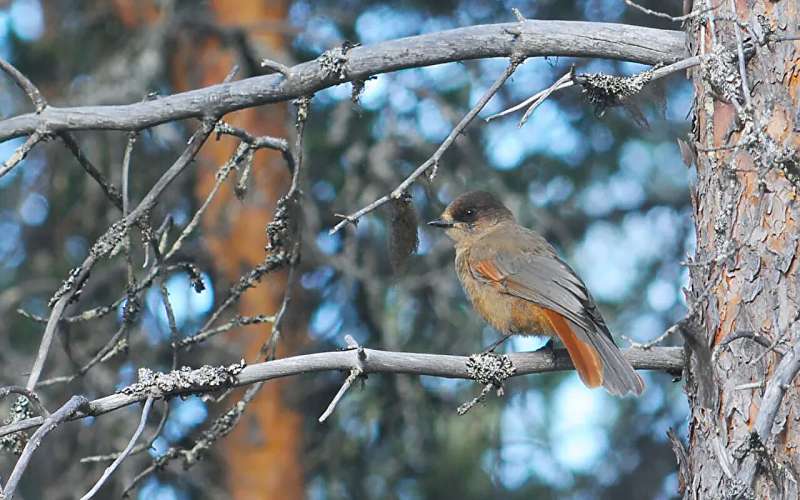This article has been reviewed according to Science X's editorial process and policies. Editors have highlighted the following attributes while ensuring the content's credibility:
fact-checked
peer-reviewed publication
trusted source
proofread
Protected nature reserves alone are insufficient for reversing biodiversity loss, researchers say

Biodiversity is dwindling at a rapid pace across the globe. As one key remedy, we are protecting areas around the world, hoping that they will suffice to save what is left. While protected areas have undoubtedly contributed to slowing the overall biodiversity loss, it is unclear how well they work across multiple species concurrently. To explore this, researchers at the University of Helsinki examined changes in the occurrence of hundreds of species within and outside of protected areas.
Researchers found mixed effects, highlighting that protected areas do not fully meet the expectations set for them. Rather than reversing the trend in biodiversity loss, current protected areas will, at best, help decelerate the species decline rate. What they thus currently offer is more time to act on the root causes of biodiversity loss. Their work was published in Nature Communications.
"Our results show that only a small proportion of species explicitly benefit from protection, but this varied by group. Birds show the highest positive response to protection, one out of five species, and plants show warm-dwelling species benefiting more. Protected areas mostly help by slowing down the decline of species occurrences," says associate professor Marjo Saastamoinen, senior author of the study.
"Importantly though, larger protected areas and longer protection times enhanced positive effects. The benefits were boosted for many more species, adding evidence for the genuine effects of protection."
Species decline is far from being halted by protecting an area
To evaluate how effective protected areas are, the ideal approach is to compare how species are doing within nature reserves to how they are doing in similar yet unprotected areas. While this approach may sound self-evident, it is rarely applied.
Now researchers from the Research Center for Ecological Change at the University of Helsinki implemented this approach to hundreds of species across four decades. They found mixed results, with many species having similar trends within protected and unprotected sites. Importantly, species decline is far from being halted by protecting an area. Rather, the rate of species decline is slowed down with protection—but rarely stopped or reversed into positive trends.
Utilizing long-term data from the Finnish treasure trove
Finns have a particular passion for counting all types of natural creatures year after year. This allowed researchers to compare trends in the occurrences of birds, mammals, plants and lake phytoplankton between protected and unprotected sites across four decades.
Among 638 species, they found that 1 in 5 bird species, 1 in 8 mammal species and 1 in 20 plant or phytoplankton species benefit from protection.
"Our findings should not discourage us from establishing protected areas," says Andrea Santangeli, lead author of the study. "Quite the contrary, they show that protected areas will buy us some time to counter rapid species loss. By protecting an area, we will slow the local loss of many species—but, at the same time, we cannot stop species loss by simply setting aside some small pieces of land here and there and expect miracles to happen."
More information: Andrea Santangeli et al, Mixed effects of a national protected area network on terrestrial and freshwater biodiversity, Nature Communications (2023). DOI: 10.1038/s41467-023-41073-4
Journal information: Nature Communications
Provided by University of Helsinki


















